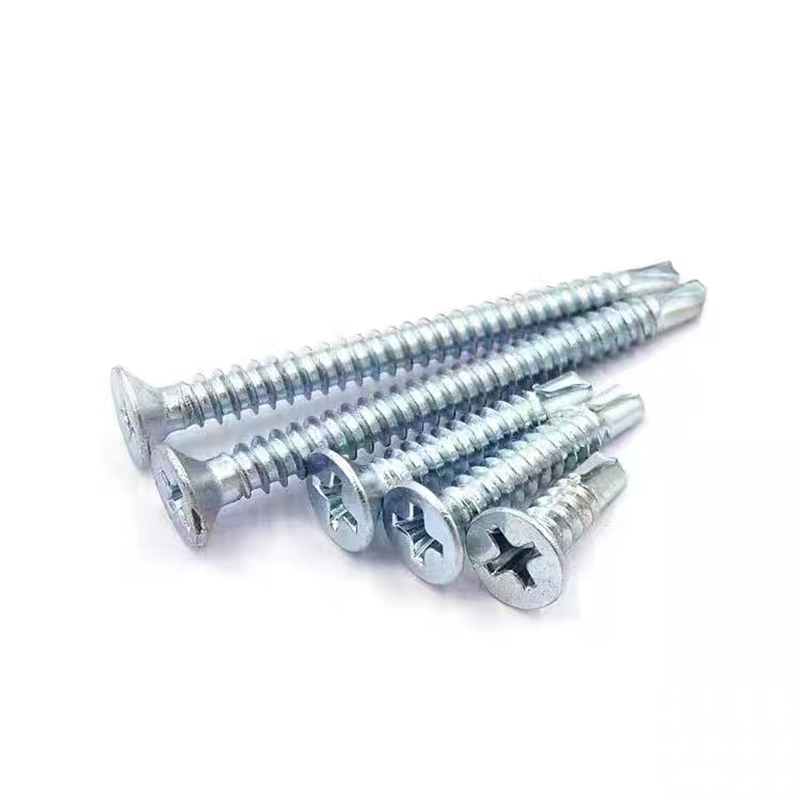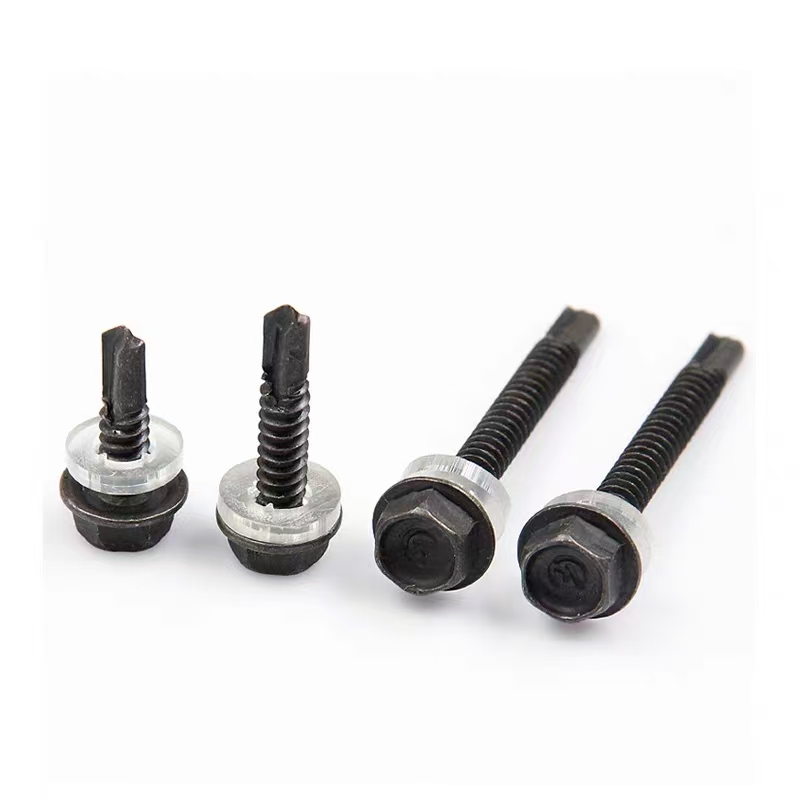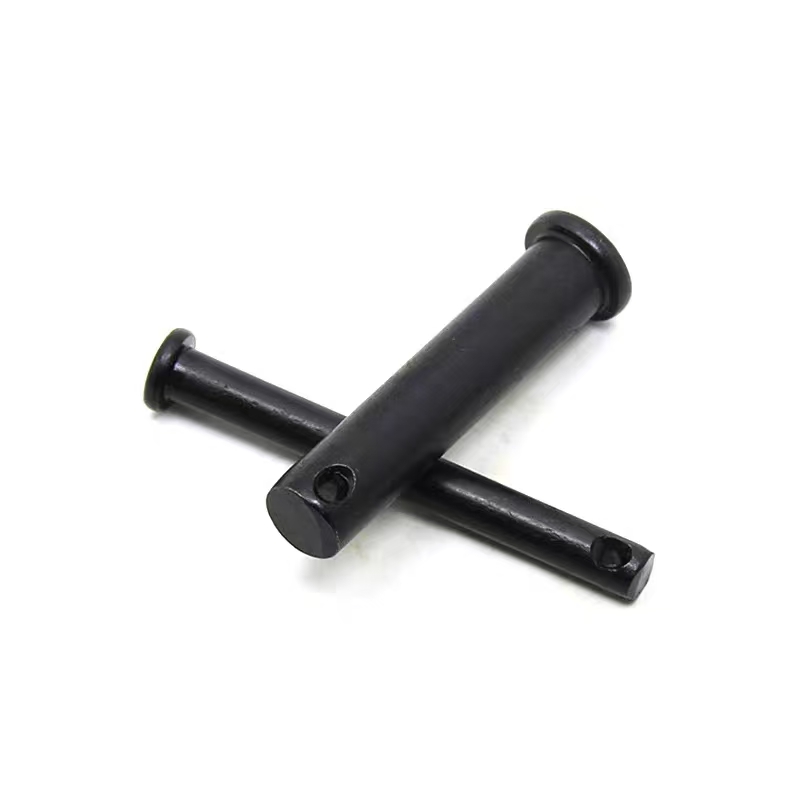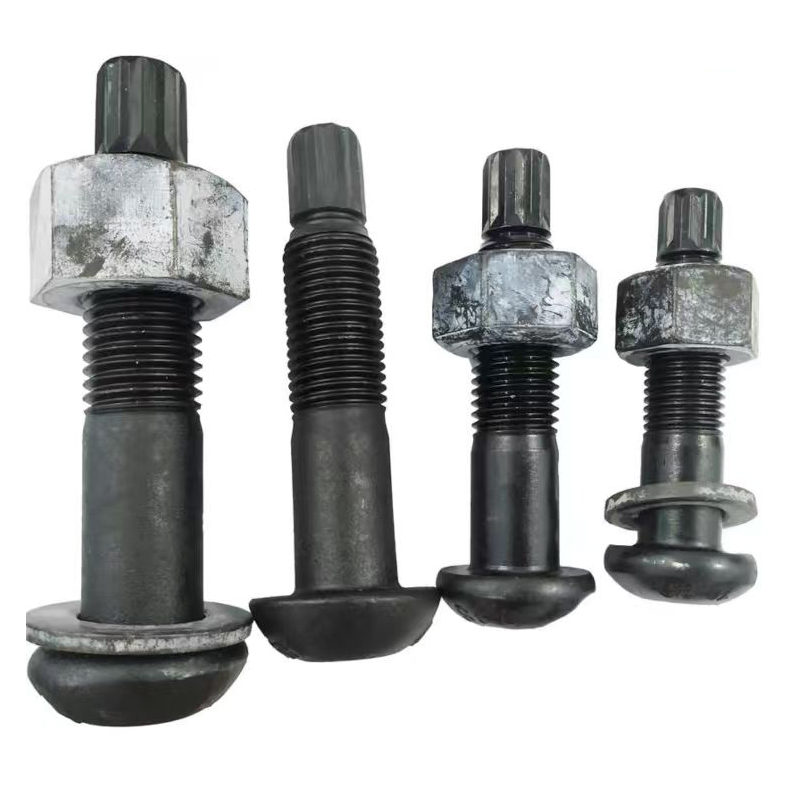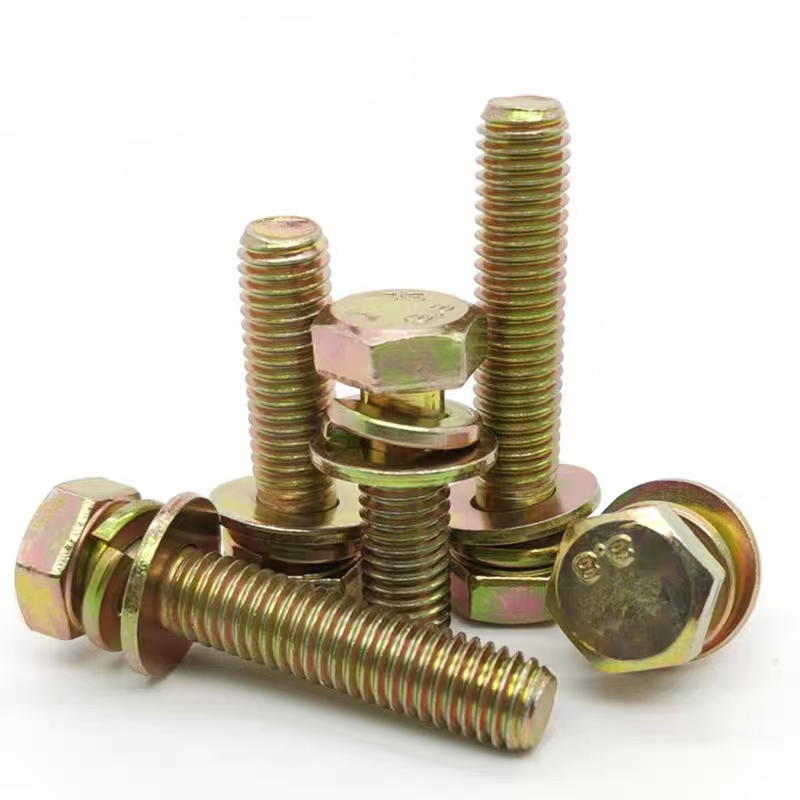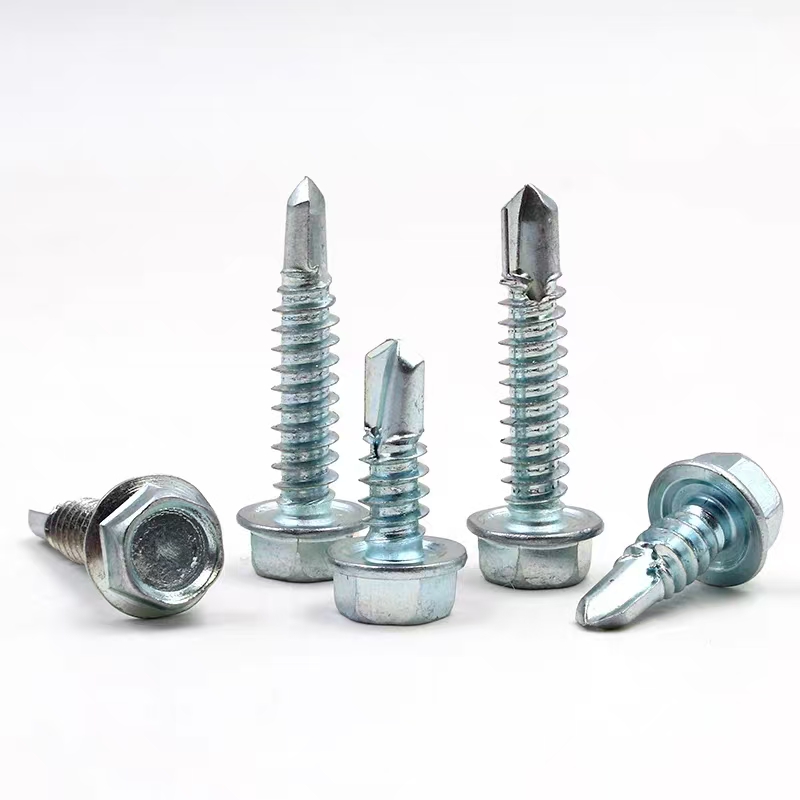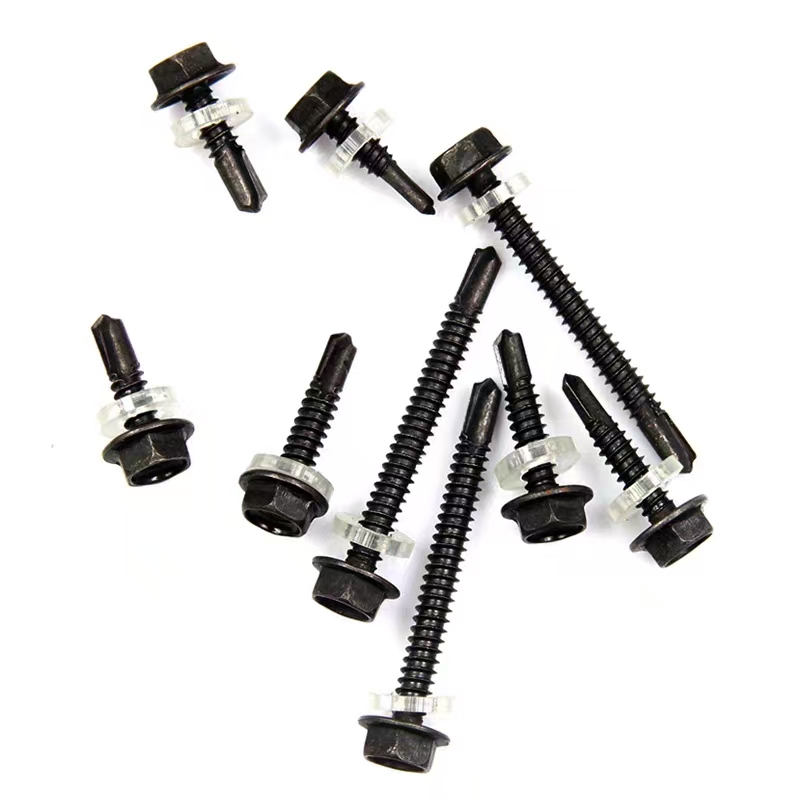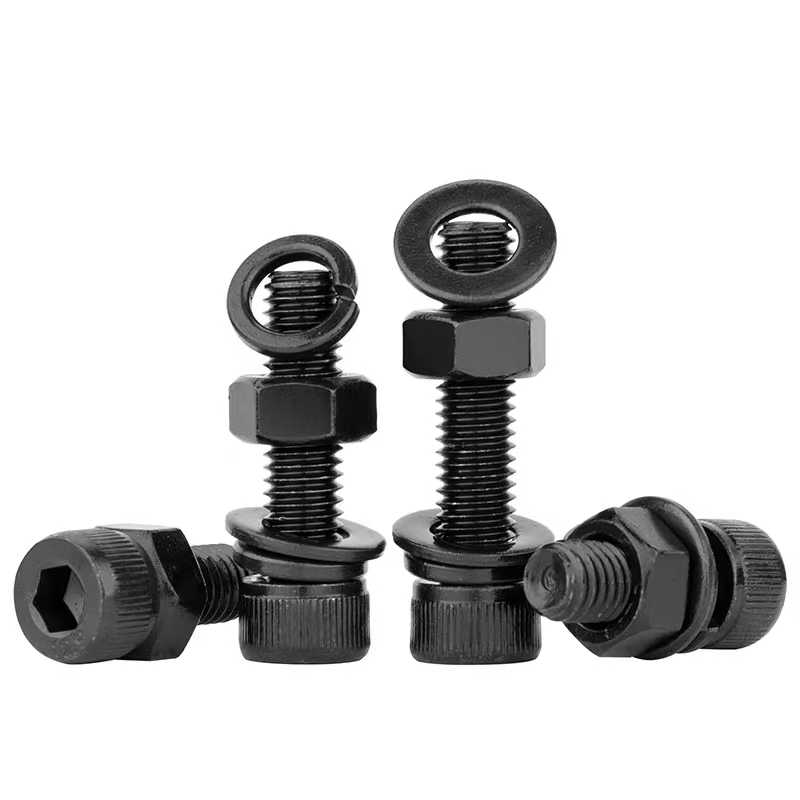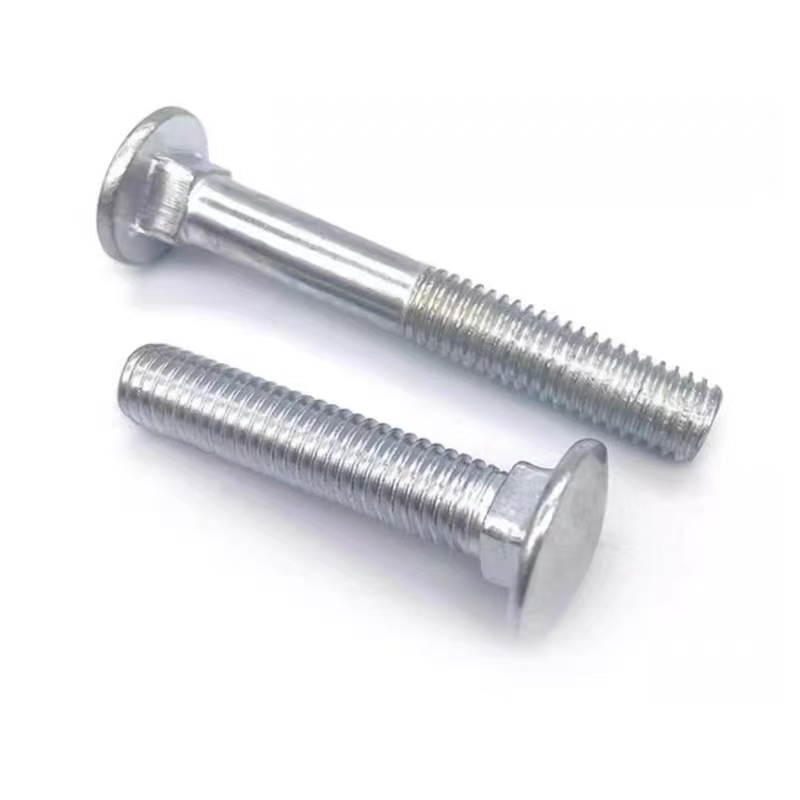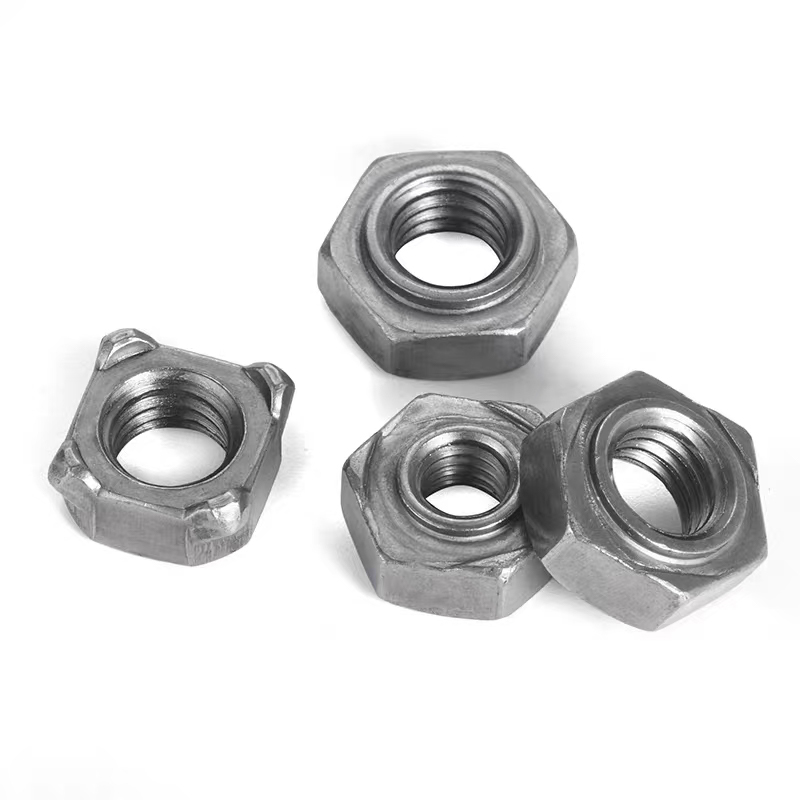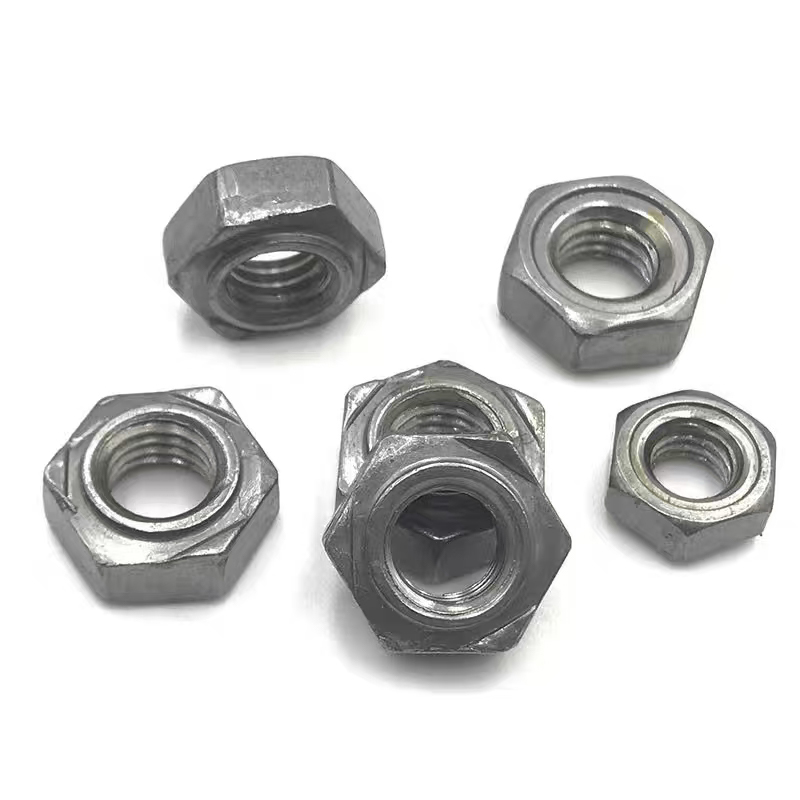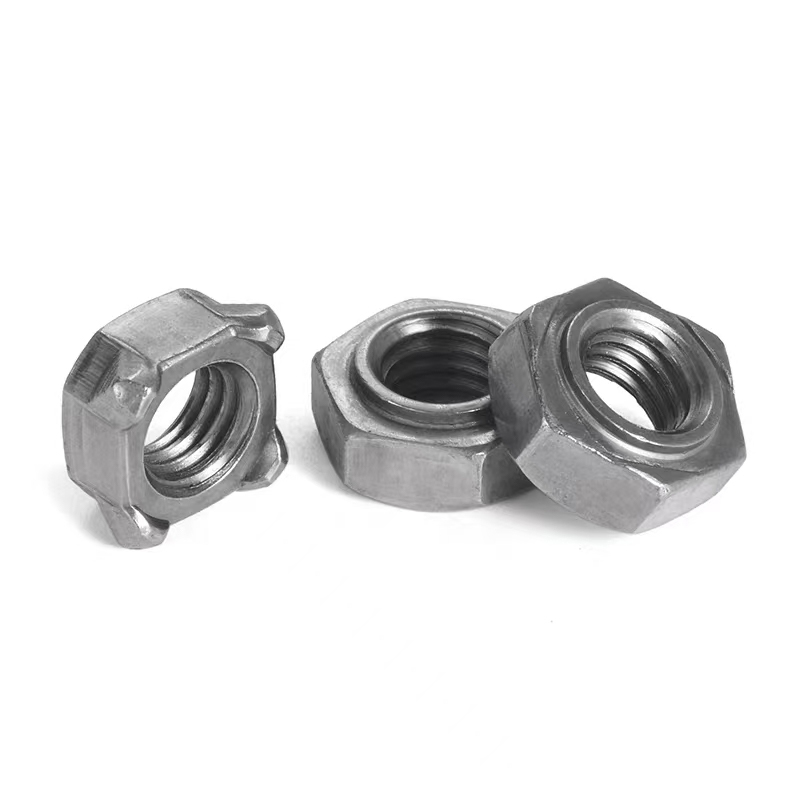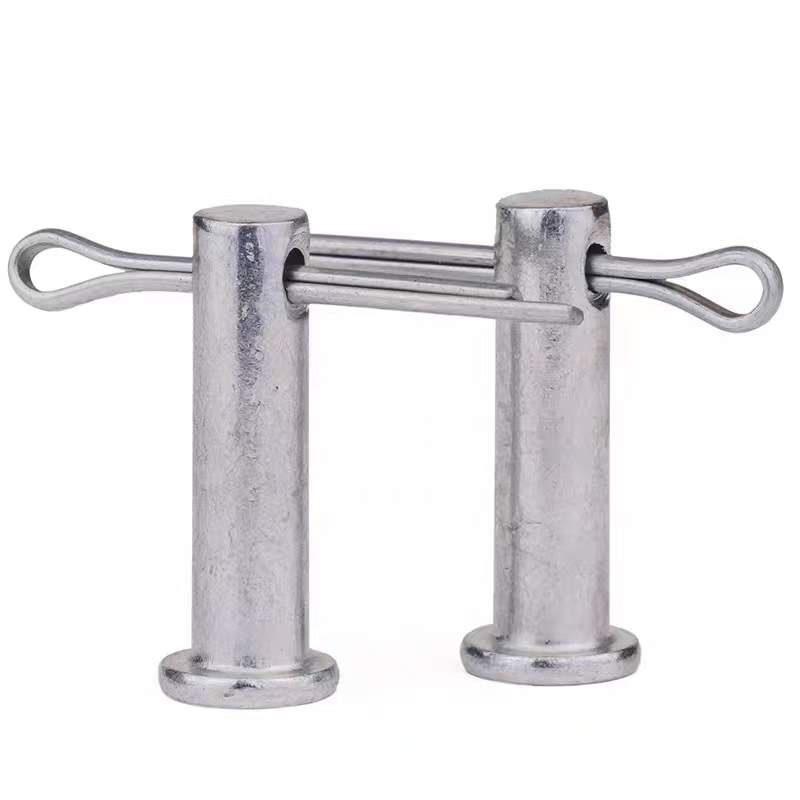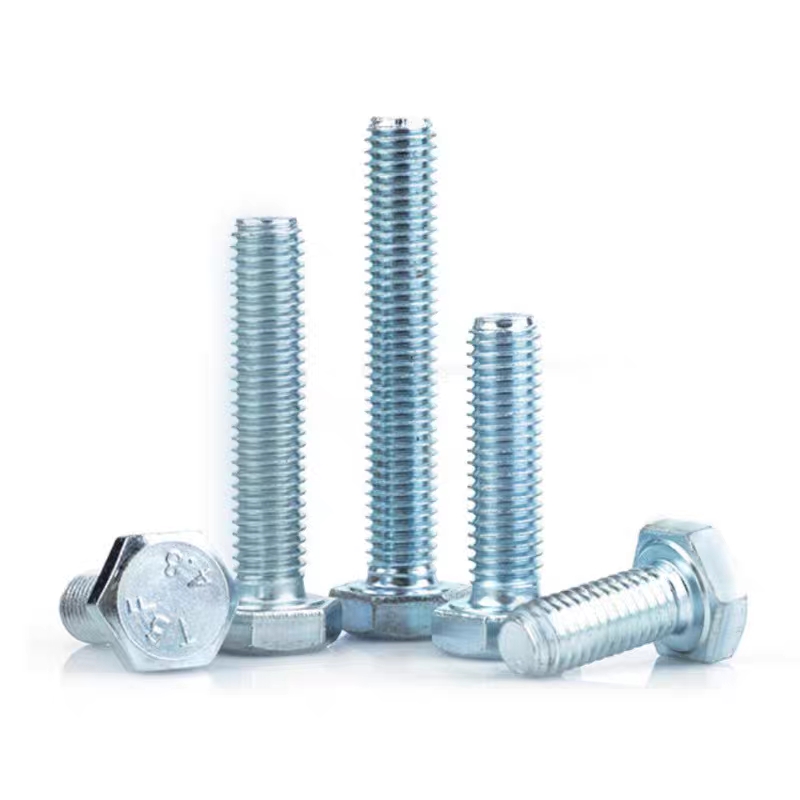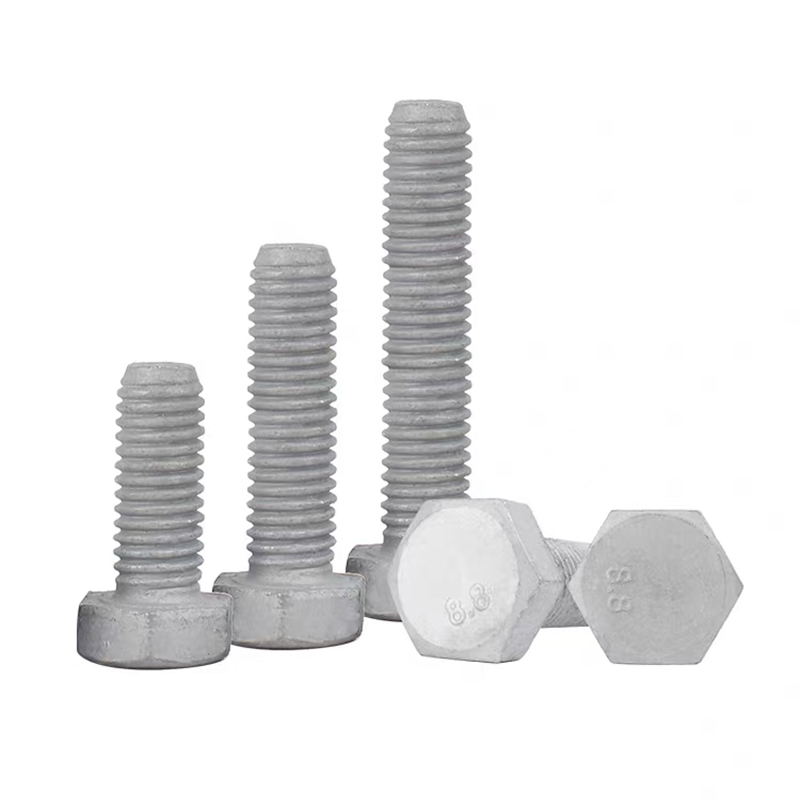- Chinese
- French
- German
- Portuguese
- Spanish
- Russian
- Japanese
- Korean
- Arabic
- Irish
- Greek
- Turkish
- Italian
- Danish
- Romanian
- Indonesian
- Czech
- Afrikaans
- Swedish
- Polish
- Basque
- Catalan
- Esperanto
- Hindi
- Lao
- Albanian
- Amharic
- Armenian
- Azerbaijani
- Belarusian
- Bengali
- Bosnian
- Bulgarian
- Cebuano
- Chichewa
- Corsican
- Croatian
- Dutch
- Estonian
- Filipino
- Finnish
- Frisian
- Galician
- Georgian
- Gujarati
- Haitian
- Hausa
- Hawaiian
- Hebrew
- Hmong
- Hungarian
- Icelandic
- Igbo
- Javanese
- Kannada
- Kazakh
- Khmer
- Kurdish
- Kyrgyz
- Latin
- Latvian
- Lithuanian
- Luxembou..
- Macedonian
- Malagasy
- Malay
- Malayalam
- Maltese
- Maori
- Marathi
- Mongolian
- Burmese
- Nepali
- Norwegian
- Pashto
- Persian
- Punjabi
- Serbian
- Sesotho
- Sinhala
- Slovak
- Slovenian
- Somali
- Samoan
- Scots Gaelic
- Shona
- Sindhi
- Sundanese
- Swahili
- Tajik
- Tamil
- Telugu
- Thai
- Ukrainian
- Urdu
- Uzbek
- Vietnamese
- Welsh
- Xhosa
- Yiddish
- Yoruba
- Zulu
- Kinyarwanda
- Tatar
- Oriya
- Turkmen
- Uyghur

Products
Welding nut (welding nut)
Welding nut is a nut fixed to the workpiece by welding. Common types include projection welding nut (DIN929) and spot welding nut (DIN2527). Its structure includes threaded section and welding base. The welding base has a boss or plane to enhance the welding strength.
Description
marker
Product definition and structure
Welding nut is a nut fixed to the workpiece by welding. Common types include projection welding nut (DIN929) and spot welding nut (DIN2527). Its structure includes threaded section and welding base. The welding base has a boss or plane to enhance the welding strength.
Core material and characteristics
Material: Q235 carbon steel (conventional), 35CrMoA alloy steel (high strength), welding base thickness 3-6mm, in line with DIN2510 standard, suitable for high temperature and high pressure environment.
Features:
High reliability: welding fixation to avoid loosening, suitable for non-detachable connection;
Corrosion resistance: the surface can be galvanized or blackened, and there is no red rust in the salt spray test for 48 hours;
Easy installation: no pre-drilling is required, and it can be directly welded on the surface of the workpiece.
Function and applicable scenarios
Function:
Fix pipe supports, automobile chassis components, and building steel structure nodes;
Provide permanent connections and reduce assembly time.
Scenario:
Automobile manufacturing (chassis suspension parts), construction machinery (crane booms), pressure vessels (reactor flanges).
Installation and maintenance
Installation:
Clean the welding surface and fix it with resistance welding or arc welding;
Welding current needs to be adjusted according to the nut size (such as 8-10kA for M10 nuts).
Maintenance:
Regularly check the integrity of the weld to avoid corrosion and strength loss;
High temperature resistant welding rods (such as E309L) are required in high temperature environments (>200℃).
Purchase recommendations
Select the type according to the welding process: projection welding nuts are suitable for automated production lines, and spot welding nuts are suitable for manual welding;
For high load scenarios, choose 35CrMoA material and match 10.9 grade bolts.
Comparison and selection guide of the six major nuts
| Type | Electroplated galvanized flange nut | Electroplated galvanized nut | Colored zinc-plated nut | Anti-loosening nut | High-strength blackened nut | Welding nut |
| Core advantages | Dispersed pressure, anti-loosening | Low cost, strong versatility | High corrosion resistance, color identification | Anti-vibration, removable | High strength, high temperature resistance | Permanent connection, convenient |
| Salt spray test | 24-72 hours | 24-72 hours | 72-120 hours | 48 hours (nylon) | 48 hours without red rust | 48 hours (galvanized) |
| Applicable temperature | -20℃~80℃ | -20℃~80℃ | -20℃~100℃ | -56℃~170℃ (all metal) | -40℃~200℃ | -20℃~200℃ |
| Typical scenarios | Pipe flange, steel structure | General machinery, indoor environment | Outdoor equipment, humid environment | Engine, vibration equipment | High temperature machinery, vibration equipment | Automobile manufacturing, construction machinery |
| Installation method | Torque wrench tightening | Torque wrench tightening | Torque wrench tightening | Torque wrench tightening | Torque wrench tightening | Welding fixation |
| Environmental protection | Cyanide-free process complies with RoHS | Cyanide-free process complies with RoHS | Trivalent chromium is more environmentally friendly | Nylon complies with RoHS | No heavy metal pollution | No special requirements |
Selection suggestions:
High sealing requirements: electroplated zinc flange nut, with gasket to enhance sealing;
High corrosion environment: color-plated zinc nut, chromium-free passivation process is preferred;
Vibration environment: anti-loosening nut, all-metal type is suitable for high temperature scenes;
High temperature and high load: high-strength blackened nut, matched with 10.9 grade bolts;
Permanent connection: welding nut, projection welding or spot welding type is selected according to the process.





